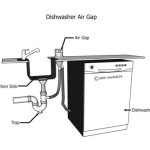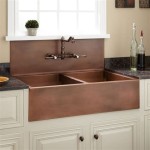Granite is a popular choice for kitchen and bathroom countertops, offering a classic and luxurious look. However, before diving in, it’s important to understand the installation process, the various types and styles of granite, and the pros and cons of granite for kitchen and bath design. This guide will provide the essential information for any homeowner considering a granite countertop for their kitchen or bathroom.
Types of Granite
Granite is a natural stone formed from the cooling of magma. It can be found in a variety of colors, patterns, and textures. When selecting granite for kitchen and bath countertops, there are three main types to consider.
- Granite Slab: Granite slabs are large, single pieces of granite that are typically used for kitchen and bath countertops. They are the most expensive option and require professional installation.
- Granite Tile: Granite tiles are small pieces of granite that can be used to create countertop designs. They offer more design options than a slab, but require more maintenance and installation time.
- Granite Countertop Kits: Granite countertop kits are pre-cut pieces of granite that come with all the necessary materials and instructions for installation. They are the most economical option, but offer limited design options.
Style Options
Granite is available in a range of colors, from light to dark, and in a variety of patterns. Depending on the style of the kitchen or bathroom, there are a number of granite options to choose from. For example, if the kitchen has a modern look, a black granite countertop may be a good choice. For a more traditional look, a white or light-colored granite may be better.
Pros and Cons of Granite Kitchen and Bath Countertops
Granite countertops offer many benefits, including durability, beauty, and easy maintenance. However, there are some drawbacks to consider before installing granite in the kitchen or bathroom.
- Pros: Granite is known for its durability, beauty, and easy maintenance. It is also heat and scratch resistant, making it ideal for busy kitchens.
- Cons: Granite countertops can be expensive and require professional installation. They also require periodic sealing to protect their color and finish.
Installation
Granite countertops should be professionally installed to ensure the highest quality and to prevent any potential damage. Professional installers will measure the space and make sure the countertops fit properly. They will also prepare the installation area, cut and shape the granite, and seal the countertops. The installation process typically takes two to three days.
Conclusion
Granite countertops are a popular choice for kitchen and bath design and offer a classic and luxurious look. Before installing granite, it’s important to understand the various types and styles, as well as the pros and cons. With the right information, homeowners can make an informed decision about granite kitchen and bath countertops.















Related Posts








